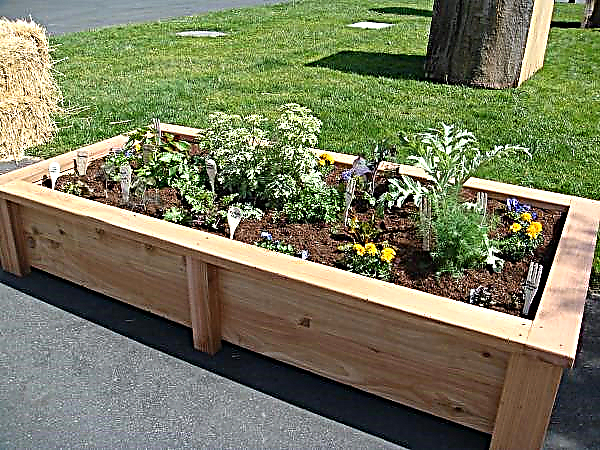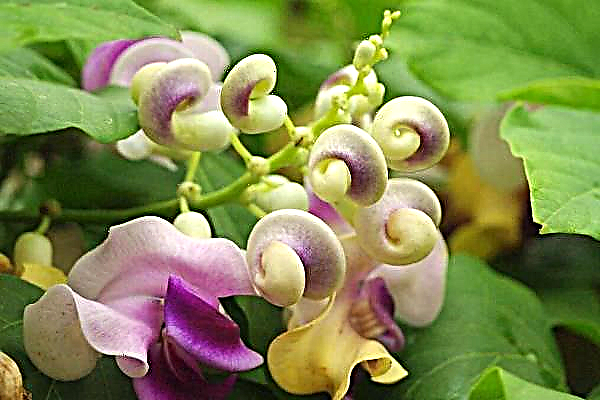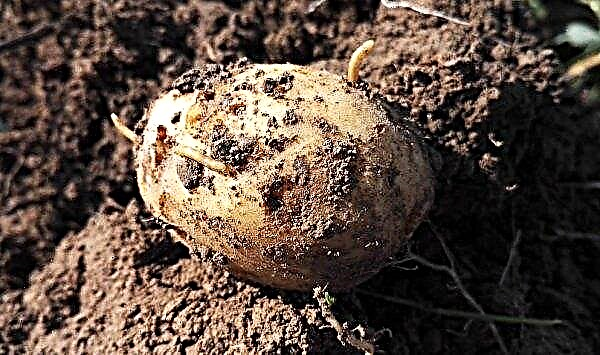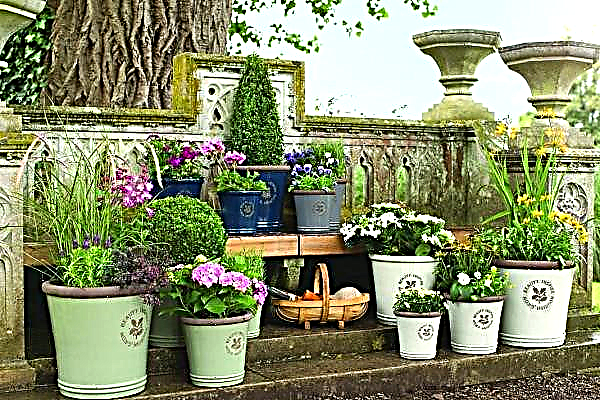Growing vegetables consists of many agricultural activities, but the most important of them is good watering. How to implement it correctly, we suggest that you read further.
The Importance of Proper Watering
Watering, fertilizing, cultivating and removing weeds in the complex guarantee a high-quality and plentiful harvest of sugar beets. The vegetable tolerates drought well, but does not like waterlogging, so it is important to know how to properly water the beets. A good crop can be obtained when the vegetable receives the required amount of water.
Signs of water shortage
When the tops of vegetables begin to wither, this is a clear sign that there is not enough moisture in the soil. To prevent this, the shortage is determined by the state of the soil:
To prevent this, the shortage is determined by the state of the soil:
- if it crumbles like a powder, then this indicates drying out - urgent and plentiful watering is required;
- the earth can be blinded into a lump, but when it falls, it crumbles - moderate watering is needed;
- the soil does not stick to hands, and when dropped, the lumpy ball does not fly apart - it is enough to water only in the heat;
- a rolled up earthen clump sticks to your hands - you can not water it for a week;
- when squeezing an earthen coma, moisture drops appear on its surface - the earth is very wet, and it does not need to be watered for two weeks.
Did you know? Beetroot is unique in that it contains almost all the elements of the periodic table. Heat treatment does not destroy the nutrients in its composition.
Water requirements
What matters is which water is used. The ideal option is rain water that meets the required indicators. But more often, gardeners use tap water as the most affordable source, while not the best. Before using such water, it is necessary to defend it for a day, so that some harmful substances evaporate, while others settle to the bottom. Also, beets do not like cold water, therefore, before the procedure, the liquid should stand and warm up, for example from the sun. Often use saline or boric acid solution. These additives make root vegetables tastier, juicier and sweeter. But you don’t need to get involved in this, as you can cause salinization of the soil. Enough 3 irrigation with saline for the entire vegetative period. For cooking, you need 1 tbsp. l dissolve the salts in a bucket of water.
Often use saline or boric acid solution. These additives make root vegetables tastier, juicier and sweeter. But you don’t need to get involved in this, as you can cause salinization of the soil. Enough 3 irrigation with saline for the entire vegetative period. For cooking, you need 1 tbsp. l dissolve the salts in a bucket of water.
How often to water and when to stop watering beets?
It is difficult to say unequivocally how many times you need to water the beets. It depends on the weather and the growth phase in which the plant is located.
Important! The root crop accumulates moisture, therefore tolerates drought, and waterlogging causes cracking of fruits or rotting.
It is customary to observe such volumes and frequency of beet moistening:
- sowing is done in wet soil, so before that it needs to be well moistened;
- after planting and before emergence, and then until the shoots are finally strengthened, it is necessary to ensure that the soil is constantly moist. Need surface irrigation, 8-10 liters per square. m;
- in the phase of root crops pouring, one watering of 8-10 days is sufficient (depending on the weather), but the amount of water increases to 15 liters per 1 sq. m, and in the heat - up to 20 liters per 1 square. m;
- before harvesting, for 3-4 weeks, watering ceases, which will allow root crops to dry, stop vegetative processes, increase sugar content and improve keeping time.

Watering Rules
To get a lot of root crops of excellent quality, follow these rules:
- place the garden so that the water moistens the plants, and does not spread over the surface;
- use standing warm water;
- in hot weather, it is better to carry out the procedure in the evening, and on cloudy days in the morning;
- if the soil is not mulched, then the next day after watering it is loosened by 3-4 cm;
- Use spray nozzles so that the water stream does not erode the soil and expose the root crops.
Important! Lack of moisture makes root crops fibrous and hard, and irregular watering causes deformation of the fruit.
You can moisten beets in several ways:
- Drip. The most suitable method. Its advantages include: saving water, the targeted receipt of moisture by the plant, the absence of crust after the procedure, as well as the fact that it is suitable for any soil. The only negative is the price of materials for its equipment.
- Sprinkling. Suitable for large areas, requires material costs and strong water pressure. Pros: the soil is saturated with moisture and does not require loosening, and the tops are washed, so it is not susceptible to diseases and pests.
- Hose. Suitable for medium sized areas. Spray nozzles are put on the hose. Plants get moisture evenly. The disadvantage of this method is that the hose needs to be moved around the site, and plants can be damaged.

- Watering can. The easiest way, but has some inconvenience. Heavy jets often erode the soil and wash away seeds or damage seedlings. You also need to constantly monitor the pressure of water. The liquid often spreads, a crust forms, so loosening is necessary.

Useful Tips
Watering beets is not such a simple event.
Therefore, in conclusion, we will give some more useful tips:
- if the water is hard, it is softened by adding a little wood ash (50 g per 20 liters);
- if it is not possible to adhere to the moistening regime, then the soil is mulched with peat or straw, which will help long-term preservation of moisture in the soil;
- watering is often combined with top dressing; in moist soil, fertilizers are better absorbed;
- to reduce the acidity of the soil it is moistened with a lime solution (about 12 g of diluted lime is added to 12 liters of water). The solution is poured under the root once a season, in the phase of 4 leaves.
Did you know? Beetroot powder is often used as a food coloring. They are tinted with sauces and ketchups.
Do-it-yourself vegetables produce not only health benefits, but also satisfaction from the result. Observing the rules of moisturizing, you will grow a good beet crop.














